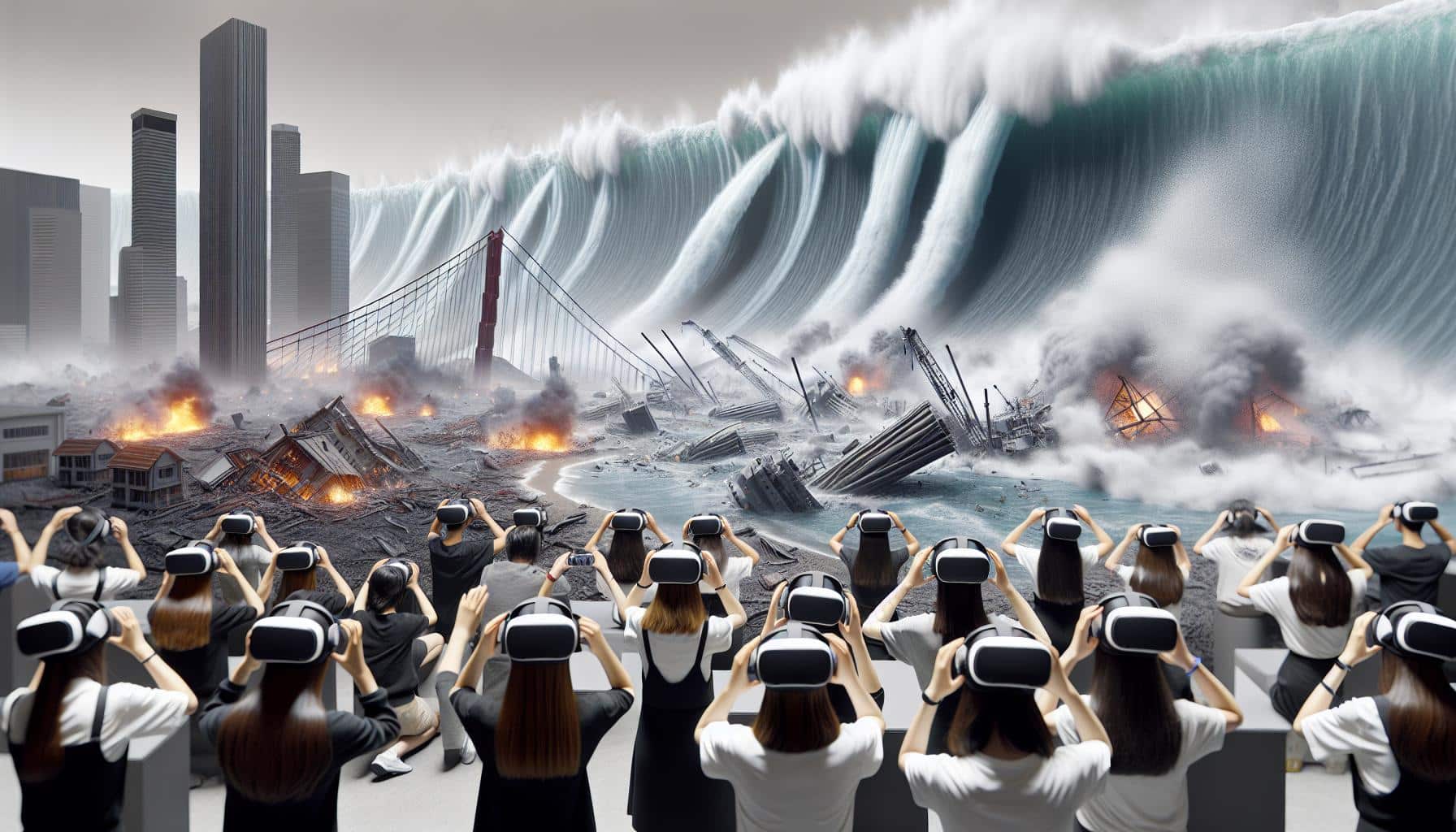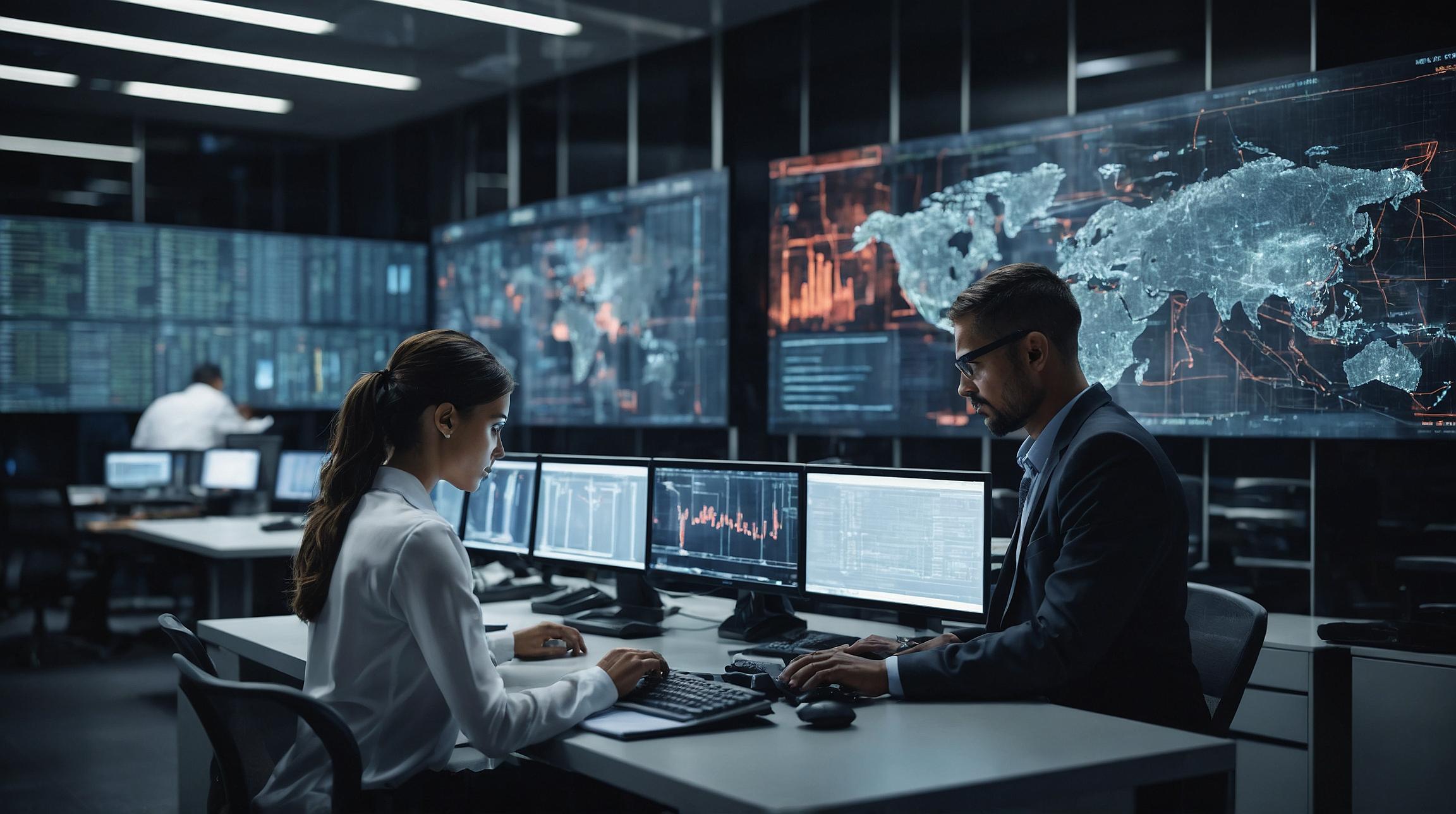Bay of Plenty Residents Experience Virtual Earthquakes and Tsunamis to Raise Awareness of Coastal Risks
Bay of Plenty residents are being given the opportunity to experience virtual earthquakes and tsunamis through the use of virtual reality (VR) technology. The initiative, introduced by the Tauranga City Council, aims to engage residents and raise awareness about the coastal risks faced by the area. By using a VR headset, users are able to visualize a computer-generated version of the main Mount Maunganui beach coastline and then undergo a ten-minute simulation of an earthquake, followed by a more serious quake. The program allows residents to make decisions based on these simulations to prepare for such events.
Immersive Experience Sheds Light on Potential Coastal Risks
Users of the VR program have expressed surprise and disbelief at the level of impact that an earthquake and subsequent tsunami could have on the Tauranga area. According to Isaac Orchard, the community resilience advisor for Tauranga City Council, the overwhelming response has been a realization of the risks present in the area. This initiative marks the first time that this technology has been employed in New Zealand for disaster preparedness. The city council hopes that by providing an immersive experience, residents will be more inclined to take action and prepare for potential natural disasters.
Virtual Reality Technology Inspires Emergency Preparedness
A study conducted in Japan following the 2011 earthquake and tsunami found that the use of VR technology led to a greater uptake in emergency preparedness among residents. Drawing inspiration from this research, Tauranga City Council decided to introduce the VR program to engage residents and encourage them to be proactive in their preparations for possible natural disasters. Isaac Orchard, who is conducting a review of the effectiveness of this VR experience for disaster preparedness, noted that young people have shown more enthusiasm for the program compared to adults.
Overcoming Hesitancy Through Family Participation
While young people have embraced the VR experience, adults have been more hesitant to participate. To overcome this reluctance, the council provided multiple headsets so that family members can experience the program together. By involving the whole family, the hope is that adults will be more inclined to participate and take the necessary steps to prepare for potential disasters. The council believes that by using this innovative technology, they can effectively communicate the risks faced by their community and encourage residents to take action.
Understanding the Risks of Living on the Coastline
According to Liz Oliver, the senior emergency management advisor for Tauranga City Council, living on the coastline of New Zealand carries inherent risks. Evacuation maps have been updated to show the areas at risk from a tsunami reaching, which is estimated to occur once every 2,500 years. However, Oliver emphasizes that tsunamis could occur more frequently than that. The community seems to have a good understanding of these risks, and the council is working to provide updated information and guidance on safe locations to evacuate to in the event of a tsunami.
Taking Steps Towards Safety
The Tauranga City Council’s initiative to engage residents through virtual reality technology is just one of many steps being taken to ensure community preparedness for natural disasters. By using this immersive experience, the council aims to encourage residents to take action and prepare for potential earthquakes and tsunamis. The virtual simulations provide a realistic depiction of the impact these events can have on the coastal area, raising awareness among residents and inspiring them to be proactive in their emergency preparations.
Analyst comment
Positive news: Bay of Plenty Residents Experience Virtual Earthquakes and Tsunamis to Raise Awareness of Coastal Risks
As an analyst, it is likely that the market will respond positively to this news. The initiative by the Tauranga City Council to engage residents and raise awareness about coastal risks through virtual reality technology is a proactive approach to disaster preparedness. This innovative method may inspire residents to take action and prepare for potential natural disasters, leading to increased demand for emergency preparedness supplies and services.













